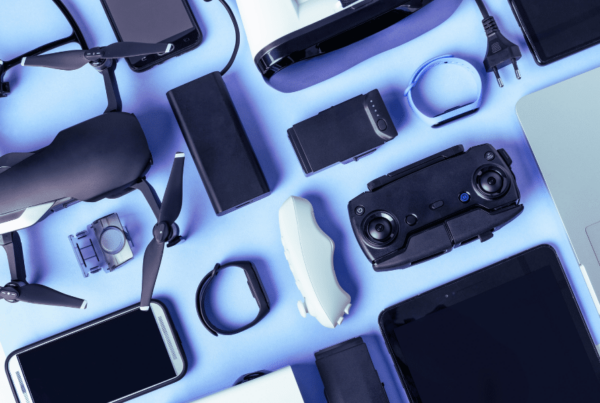Healthcare has never been under more scrutiny than in the past few years, and we can never afford to be complacent. But thankfully Tech boffins are always working on new ways to keep us safe and healthy throughout the year. While advances in medical drugs have most likely been a priority, engineers and programmers have also been toiling in the background to bring the latest technology to our health facilities.
Surgical Robots

Ok, I know this looks like something out of a sci-fi horror movie, but it really isn’t as scary as it seems. The Da Vinci machine helps doctors conduct invasive operations more safely using dexterous 360-degree movable arms. A human surgeon will operate this machine using a console, or wrist-mounted remote controls. This Robot gives an HD, 3D view of the patient, making it easier and safer to conduct keyhole surgery with minimum injury and a quicker healing time for the patient.
Autonomous Service Robots

These especially built or adapted machines can navigate themselves towards or to a patient’s bedside. Designed to free up the valuable time of hospital staff, RELAY can carry and deliver lab samples and meds round the clock, moving autonomously around the hospital corridors and can even call lifts using a mix of WIFI, LiDAR and 3D vision technology.
Bionic Prosthetics
This is still very new technology but is already vastly helping amputees. Reacting to the electrical impulses in nerve endings, the bionic limbs can move almost as well as the original flesh one. Dr Osbourne from Johns Hopkins University, Maryland, has been working on a synthetic skin called “E-dermis” that can send back electric signals to the brain, allowing hand amputees to “touch” again. The sensor is made of a flexible, skin-like material that fits over the prosthetic fingertips.
Nanomedicine
These are tiny nano-particles that deliver medicine to specific cells or organs. A nano-particle is created using the drug, then delivered into the body, where they attach itself to cancerous cells and kill them from the inside. It is hoped that nanomedicine will eventually replace chemotherapy, as it does not have any nasty side effects that chemo does. It’s also important to note that drug companies do not need to develop new medicines, as only the way they are introduced to the body is changing.
Brain Chip for Mental Illness
As recently as October last year, a woman was given an implant that can detect the chemical imbalances that cause depressive episodes and send a small electric pulse to combat them. Called Deep Brain Stimulation therapy. Known as a “pacemaker for the brain” or a “Biomarker”, this is still in the prototype stage, but it is hoped that as the technology progresses, it can help with other illnesses such as bipolar disorder and Schizophrenia.
Many of the above are still in the early testing stages and will be rolled out to general health care practices within the next few years. But please, don’t be in too much of a hurry to meet them. As we ended off another emotional roller coaster of a year, it’s hoped that we can start looking forward to a healthy future. Until then, we’re wishing you a safe World Health Day!
Love, the Healthy and Heartfelt Lucidica Bard.








